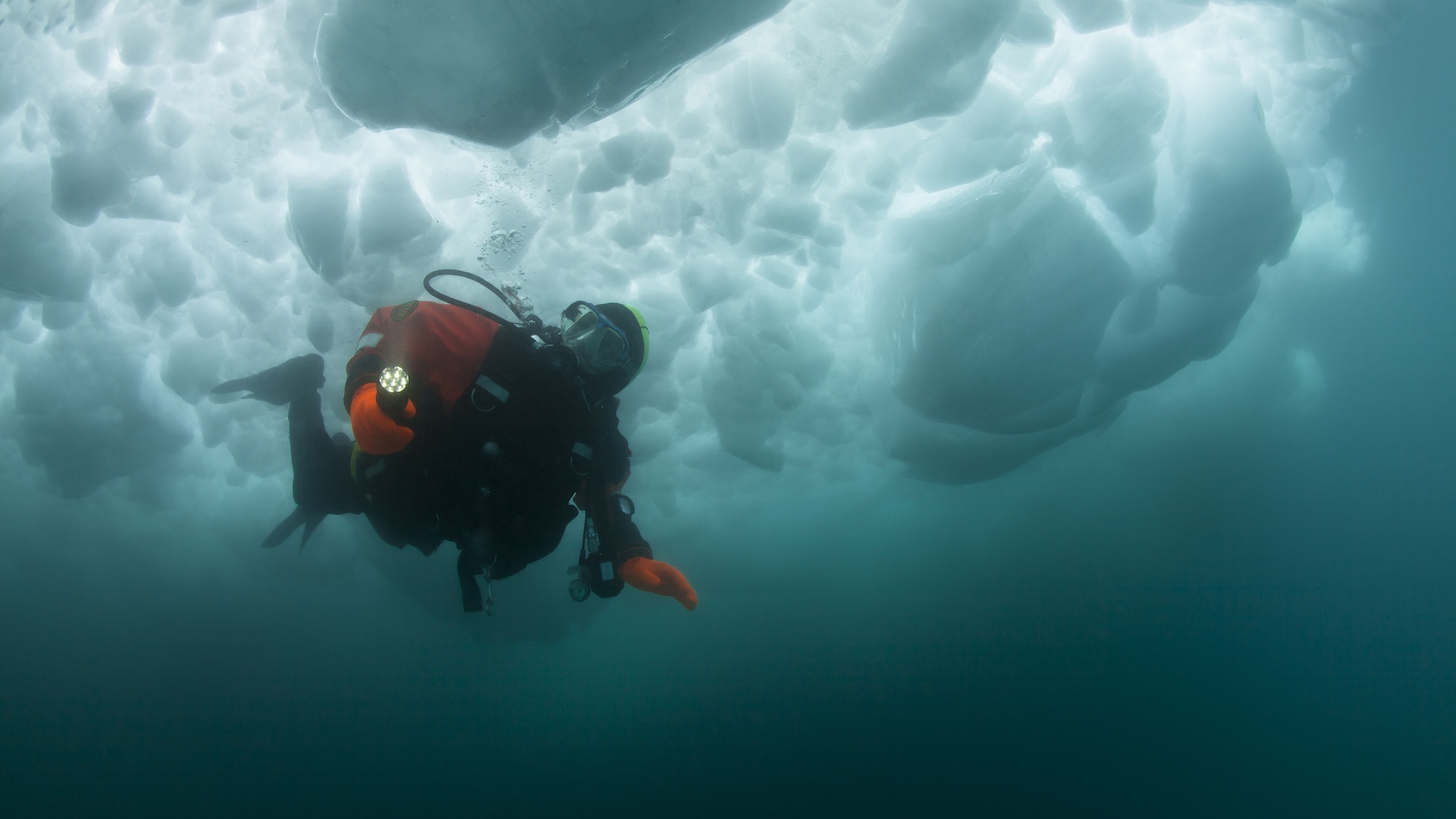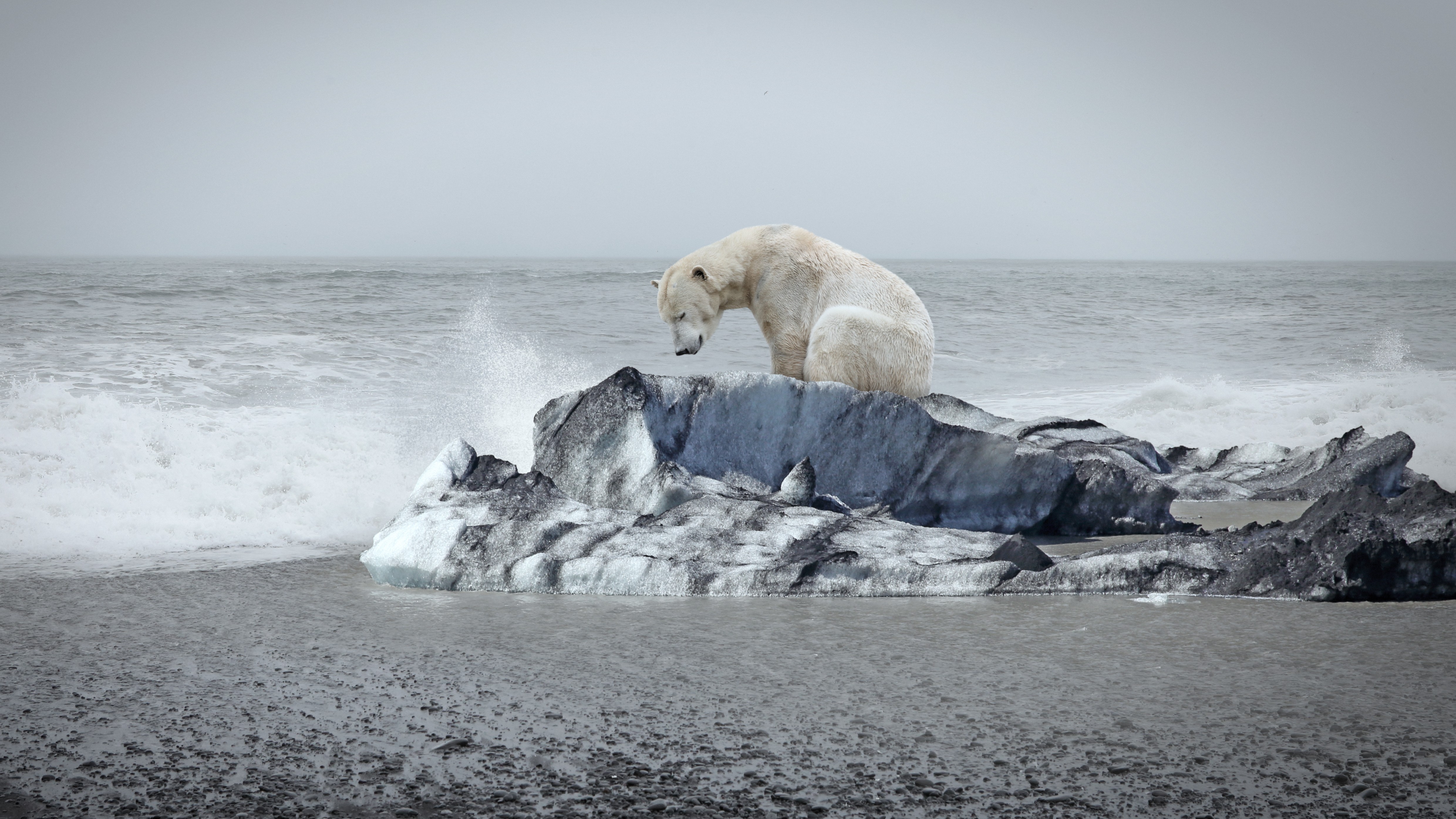One story has topped the science news this week: the fortunes of Comet 3I/ATLAS as it made its way around the sun.
While numerous conspiracy theories have tailed the comet, suggesting that it’s actually some sort of alien probe rather than a traveling snowball, what we do know for certain is that once it reemerged from the other side of our star, it had taken on a bluish hue. This is the third time experts have seen it change color since it was discovered and was likely caused by a gas, such as carbon monoxide or ammonia, leaking from it — although this is as yet unconfirmed.
Chimps ‘think about thinking’
It’s not just humans that have learned to apply the “scientific method” when it comes to making decisions — chimpanzees (Pan troglodytes) can also, to an extent, discard their prior beliefs if some more convincing evidence comes along.
New research shows that chimps use metacognition, or thinking about thinking, to weigh evidence and plan accordingly. To test this, scientists created experiments in which they gave chimps sets of boxes, some of which contained tasty treats, along with different clues hinting at which box had the treat.
Crucially, when the chimps faced contradictory information, they were able to reassess what they had seen earlier and change their mind on where the food might be. This sort of reasoning means the chimpanzees passed what one scientist called the “high bar” of rationality.
Discover more animals news:
—Orcas in the Gulf of California paralyze young great white sharks before ripping out their livers
—First of its kind ‘butt drag fossil’ discovered in South Africa — and it was left by a fuzzy elephant relative 126,000 years ago
—Which animals are tricked by optical illusions?
Life’s Little Mysteries

When humans crossed the Bering Land Bridge from Asia to Alaska during the last ice age, they likely left a lot of archaeological evidence along the way. But will we ever be able to dive down to examine it?
—If you enjoyed this, sign up for our Life’s Little Mysteries newsletter
Stranded astronauts

Earth’s growing space junk problem became extremely apparent this week after a return capsule containing three Chinese astronauts — Wang Jie, Chen Zhongrui and Chen Don — was struck by an errant chunk of debris, forcing the trio to return to the Tiangong space station.
Officials from the China Manned Space Agency are currently investigating exactly what happened and how much damage the debris caused. If the spacecraft is deemed to be too dangerous to fly, it will be ejected into space and the crew will instead return aboard the next return module.
What is clear, at least at the time of writing, is that the three astronauts, aboard the station since April 24, will have to postpone their trip home for a little while longer.
Discover more space news:
—Astronomers discover bizarre ‘runaway’ planet that’s acting like a star, eating 6 billion tons per second
—Scientists finally find explanation for lopsided cloud that follows Earth’s moon through space
—James Webb telescope makes first 3D map of an alien planet’s atmosphere
Also in science news this week
—It’s official: The world will speed past 1.5 C climate threshold in the next decade, UN says
—Crimean Stone Age ‘crayons’ were used by Neanderthals for symbolic drawings, study claims
—‘This is easily the most powerful quantum computer on Earth’: Scientists unveil Helios, a record-breaking quantum system
—Aging and inflammation may not go hand in hand, study suggests
Beyond the headlines

Climate scientists are warning that global warming could trigger a cascade of “tipping points” that threaten to plunge our planet into chaos. But what exactly are tipping points, what happens if we cross them, and how can we avoid them? Staff writer Patrick Pester investigated.
Something for the weekend
If you’re looking for something a little longer to read over the weekend, here are some of the best polls, interviews and opinion pieces published this week.
Five common mistakes beginner macro photographers make — and how to avoid them [Feature]
‘Torn apart by the darkness’: What would happen if a human fell into a black hole? [Book extract]
A toxicologist explains when you can safely cut the moldy part off food, and when it’s best to toss it [Opinion]
#18: First human-made satellite in space — 11 across [Crossword]
Science in video
If a trip deep into the pitch-black “Sulfur Cave” on the Albanian-Greek border didn’t already sound spooky enough, wait until you see what’s lurking down there — a spider megacity.
According to a recent study, the cave hosts what scientists believe is the world’s biggest spiderweb, home to 111,000 spiders of two different species thriving in a permanently dark zone of the cavern. The web stretches 1,140 square feet (106 square meters) along a narrow passage near the cave’s entrance and is a patchwork of thousands of individual, funnel-shaped webs.
This is the first evidence of colonial behavior in two common spider species, the barn funnel weaver Tegenaria domestica and the sheet weaver Prinerigone vagans. But what makes this even more unusual is that, in the outside world, barn funnel weavers typically dine upon P. vagans. Nonetheless, the two live side by side in the cave’s murky depths eating non-biting midges, which in turn survive on slimy secretions that protect sulfur-oxidizing bacteria in the cave.
It all sounds very delicious (if you’re a spider). One thing that’s less appealing for the average human is this video of one of the researchers prodding the massive web — you have been warned.
Follow Live Science on social media
Want more science news? Follow our Live Science WhatsApp Channel for the latest discoveries as they happen. It’s the best way to get our expert reporting on the go, but if you don’t use WhatsApp we’re also on Facebook, X (formerly Twitter), Flipboard, Instagram, TikTok, Bluesky and LinkedIn.



